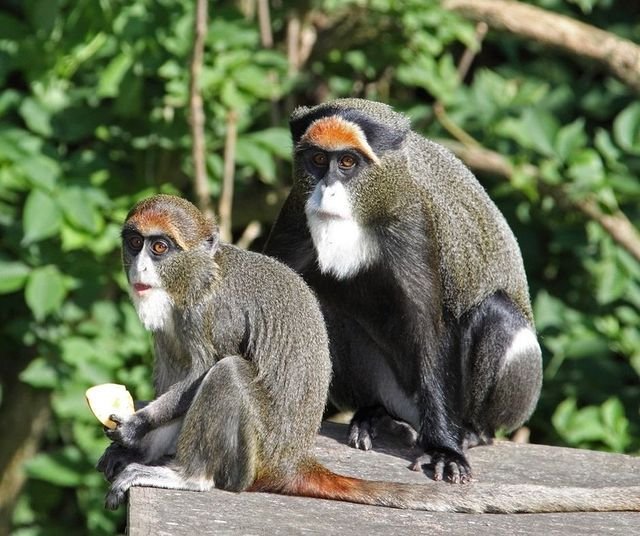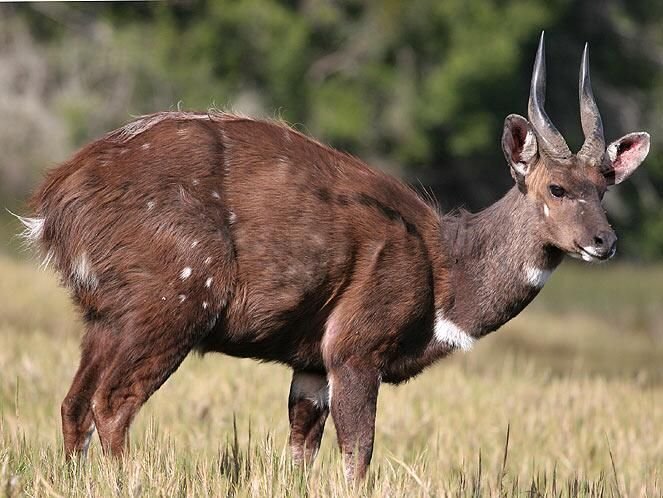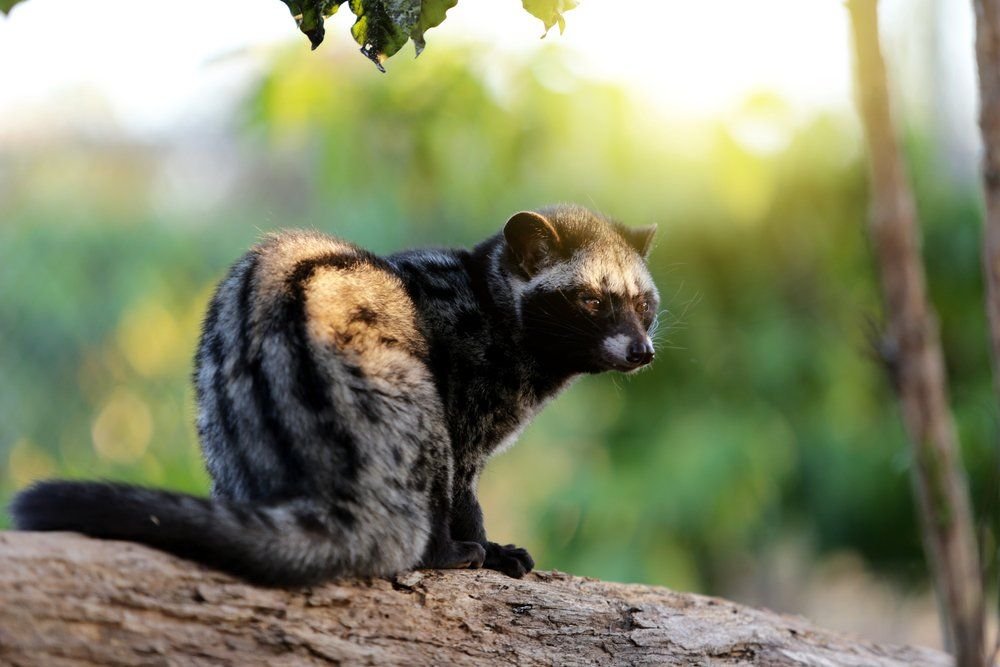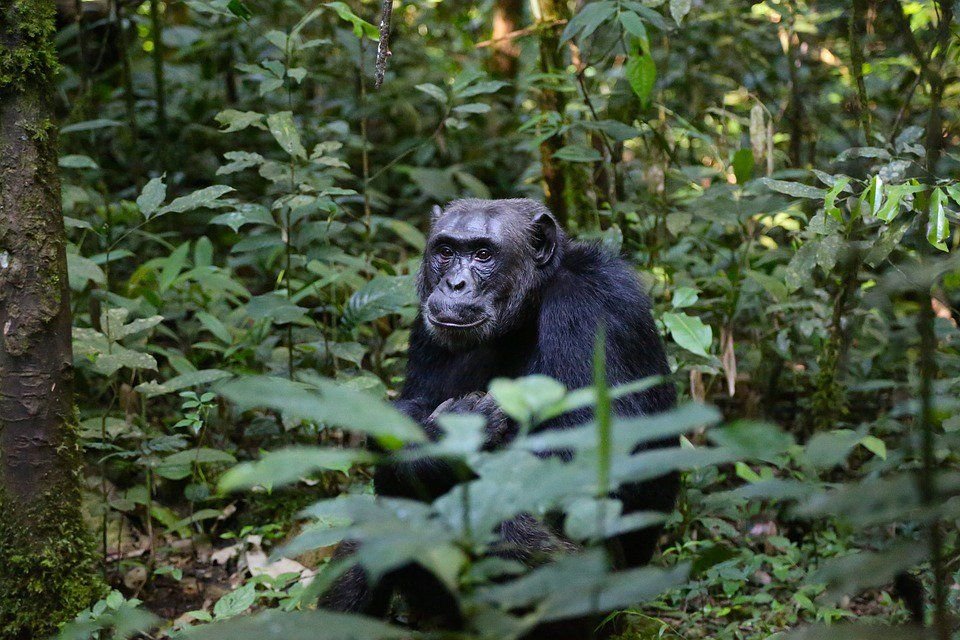African buffalo (Syncerus caffer)
The most dangerous game species seen on a safari in Uganda is the African buffalo, especially when it's injured or alone. The buffalo has earned the distinction of being one of the "big five" animals that are widely regarded thanks to its reputation.
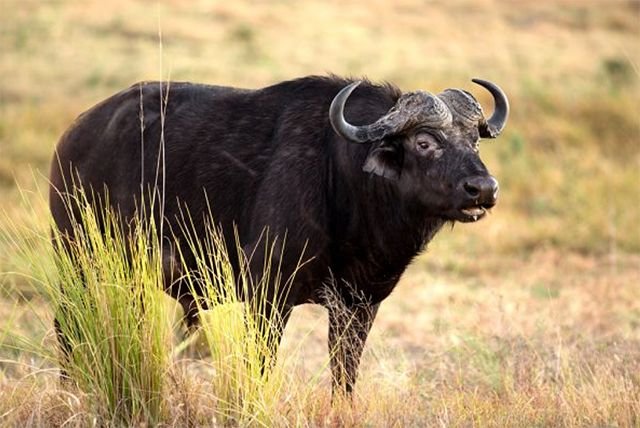
Large sub-Saharan African cattle include the African buffalo (Syncerus caffer). The most common and largest subspecies of Syncerus caffer can be found in Southern and East Africa.
The most dangerous game species seen on a safari in Uganda is the African buffalo, especially when it's injured or alone. The buffalo is now considered to be one of the "big five" animals that are well-known worldwide thanks to its reputation.
The horns of the adult African buffalo are what make it unique; their bases have fused together to form a continuous bone shield known as a "boss" that spans the top of the head. It is frequently cited as one of the most dangerous animals on the continent of Africa.
A tough species, the African buffalo. Its body is long and stocky compared to other large bovids (the body length can exceed that of the wild water buffalo, which is heavier and taller), and its legs are short and thickly set, giving it a relatively short standing height.
The buffalo's front hooves are wider than its back ones, which is related to the need to support the weight of the front part of the body, which is heavier and more powerful than the back.
How African buffalo behave
The size of the herd varies greatly. In an almost linear hierarchy of dominance, the core of the herd is made up of related females and their offspring. Sub herds of inferior males, superior males and females, and elderly or disabled animals surround the basic herds.
There are various group behaviours that African buffaloes exhibit. It appears that females engage in "voting behaviour." During resting time, the females stand up, shuffle around, and sit back down again. They sit in the direction they think they should move. After an hour of more shuffling, the females travel in the direction they decide. This choice is made collectively and not according to power or hierarchy.
A herd stays together when being pursued by predators, making it difficult for the predators to eliminate one individual. Around the centre, calves are gathered. When one of its members is in danger, the buffalo herd responds to its cries for help by attempting to save it. When a calf calls out in distress, the herd as well as the mother pay attention. When fending off predators, bison exhibit mob behaviour. They have reportedly killed lions and chased them up trees.
Based on size and age, males have a linear hierarchy of dominance. Buffalo are safer in larger herds, so dominant bulls may depend on inferior bulls and occasionally tolerate their copulation. The dominant bull, which can be identified by the size of its horns, is avoided by the young males.
Males separate from the herd and form bachelor groups during the dry season. There are two different kinds of bachelor herds: those made up of males four to seven years old, and those made up of males 12 years or older. The younger bulls reunite with the herd during the wet season to mate with the females. In order to protect the calves, they remain with them all season.
African buffalo vocalisations
There are several vocalisations that African buffaloes make. Many calls are lowered versions of domestic cattle's vocalisations. Leaders make "gritty," "creaking gate" noises to tell the herd to turn around. When moving to drinking places, some individuals make long "maaa" calls up to 20 times a minute. They produce explosive grunts that can last a long time or develop into rumbling growls when acting aggressively. When a cow is searching for its calf, it makes croaking noises. When in distress, calves make a similar call at a higher pitch. They make prolonged "waaa" calls when they feel threatened by predators. Calls are made by dominant people to signal their location and presence. As a warning to an approaching inferior, a stronger variation of the same call is made. While grazing, they emit a variety of noises, including croaks, grunts, honks, and brief bellows.
African buffalo reproduction
Only during the rainy seasons do African buffaloes mate and give birth. Early in the season, birth peaks, while mating peaks later. A bull keeps other bulls at bay while keeping watch over a cow that is about to ovulate. This is challenging because cows are quite evasive and draw a lot of males to the area. Only the most dominant bull in the herd or sub herd is present when a cow is in full estrus.
Cows give birth to their first calf at five years old, after an 11.5 month gestation period. Before joining the main herd, newborn calves spend their first few weeks hidden in vegetation and occasionally nursed by their mothers. Unlike in most bovids, the maternal bond between the mother and calf lasts a long time. This bonding stops when a new calf is born, and the mother then uses horn jabs to keep her previous offspring at bay.
Locations in Uganda where you can see African buffalo
Almost all of Uganda's national parks and sizable forests are home to buffalo. On a safari in Uganda, it is among the animals that are the easiest to see. You can see hybrids of the red buffalo (Syncerus caffer nanus) of the West African forest and the savanna buffalo (Syncerus caffer caffer) of east Africa in the national parks of Queen Elizabeth and Murchison Falls.
What's Your Reaction?
 Like
0
Like
0
 Dislike
0
Dislike
0
 Love
0
Love
0
 Funny
0
Funny
0
 Angry
0
Angry
0
 Sad
0
Sad
0
 Wow
0
Wow
0






























































